The Impact of Deforestation on Endangered Species Habitats
- August 16, 2024
- 0 comment
Deforestation, or the large-scale clearing of forests, severely impacts the world’s biodiversity. Forests support 80% of all terrestrial animals and plants, offering essential shelter, food, and climate stability. The rapid loss of these habitats directly affects endangered species, leading to habitat destruction, reduced food sources, and heightened risks from threats like climate change. The impact of deforestation extends beyond individual species, disrupting entire ecosystems and threatening biodiversity on a global scale.

Understanding Deforestation
Deforestation is the permanent removal of trees, often to clear land for agriculture, grazing, or to harvest timber for fuel, construction, and manufacturing. This practice has led to the loss of approximately 420 million hectares of forest since 1990, according to the Food and Agriculture Organization (FAO). While deforestation rates have slowed in recent years, it remains a critical environmental issue, affecting climate stability, biodiversity, and human livelihoods. The effects of habitat destruction are far-reaching, disrupting ecosystems and contributing to the wildlife impact of deforestation as species lose their natural homes.
Global Scale
Deforestation is a pressing global issue, with significant activity concentrated in the Amazon rainforest, Southeast Asia, and Central Africa. The Amazon, known as the “lungs of the planet,” loses thousands of square kilometers of forest each year. This extensive loss contributes to habitat destruction, threatening countless species and increasing the wildlife impact of deforestation. Additionally, deforestation exacerbates global warming by eliminating trees that serve as vital carbon sinks, further amplifying the effects of habitat destruction and climate change.
Deforestation and Biodiversity Loss
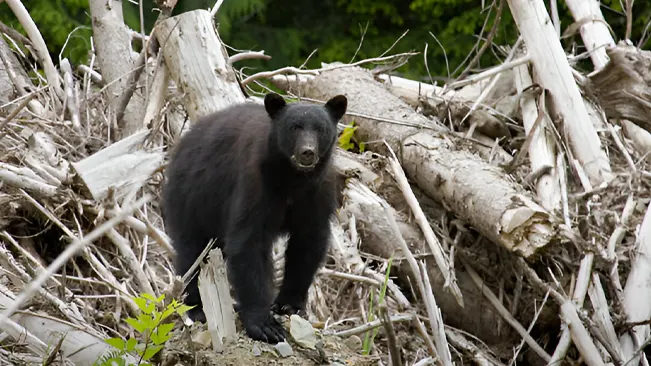
Importance of Biodiversity
Biodiversity is essential for maintaining ecosystem resilience, ensuring stability, and enabling recovery from environmental changes. Forests, home to countless species, rely on the interconnected roles of pollinators, predators, and decomposers to sustain ecological balance. However, the loss of biodiversity due to deforestation disrupts these roles, making ecosystems less resilient and more vulnerable to collapse. The effects of habitat destruction and biodiversity and deforestation are closely linked, highlighting the urgent need to preserve forests and the species that depend on them.
Effects on Ecosystems
Deforestation fragments habitats, isolating species populations and disrupting their ability to breed and migrate. This fragmentation reduces genetic diversity, leaving species more vulnerable to disease and environmental shifts. Beyond impacting wildlife, deforestation alters local climates and water cycles, further straining already fragile ecosystems. The deforestation effects on ecosystems extend far beyond individual species, threatening the intricate balance that sustains biodiversity and intensifying the impact of deforestation on global environmental health.
Impact on Endangered Species
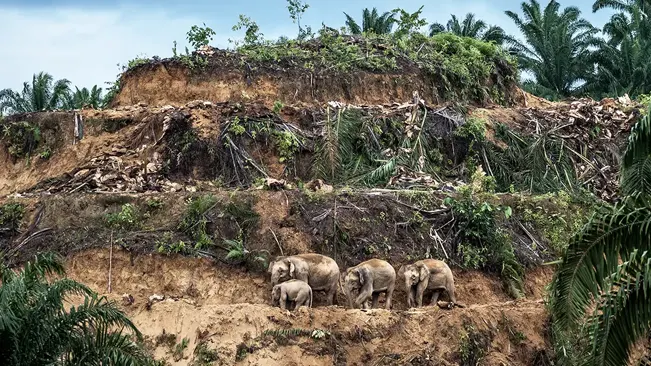
Habitat Destruction
For many endangered species, deforestation results in the loss of their only habitat. Forests provide vital resources such as food, shelter, and breeding grounds. When these habitats are destroyed, species are often unable to adapt quickly to new environments or compete for scarce resources, pushing them closer to extinction. The effects of habitat destruction are particularly devastating for biodiversity, as the loss of forest ecosystems undermines the survival of countless species.
Species Vulnerability
Endangered species often rely on specific habitats and have small populations, making them highly vulnerable to changes caused by deforestation. This destruction not only eliminates their homes but also intensifies other threats like hunting, poaching, and climate change. Iconic species such as the Sumatran orangutan and Javan rhinoceros face heightened risks as human activities continue to encroach on their habitats. The impact of deforestation and species extinction due to deforestation underscore the urgent need for conservation efforts to protect these irreplaceable species.
Case Studies of Affected Species
Orangutans
Native to the rainforests of Borneo and Sumatra, orangutans have lost significant portions of their habitat to palm oil plantations and logging. This loss has resulted in severe population declines and increased conflict with humans.
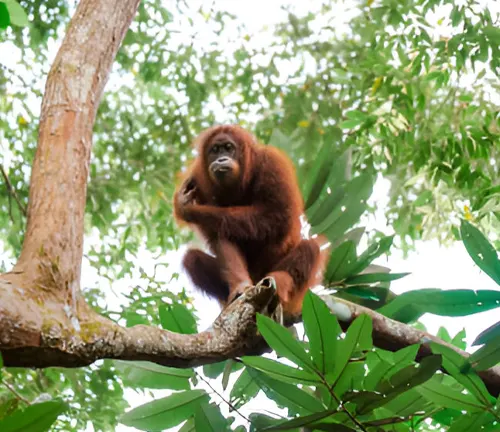
Tigers
Tigers, one of the most iconic species of wildlife, face habitat fragmentation due to deforestation in India and Southeast Asia. This fragmentation isolates populations, reduces genetic diversity, and increases human-wildlife conflict as tigers venture into human settlements in search of food.
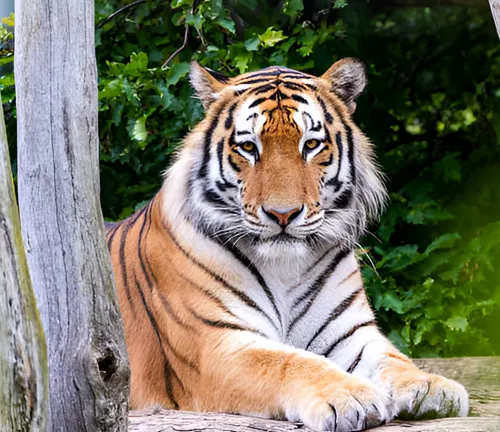
Elephants
African and Asian elephants, vital to their ecosystems as keystone species, are losing their habitats to agriculture and urban development. This loss leads to increased competition for resources and more frequent human-elephant conflicts.
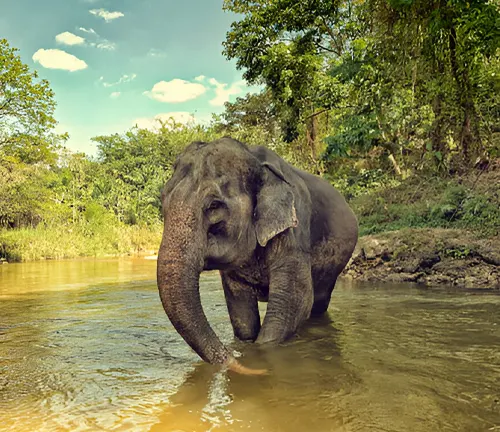
Amphibians
Amphibians, including many frog species, are particularly susceptible to habitat changes due to their permeable skin and reliance on moist environments. Deforestation can lead to the drying of critical breeding sites and the introduction of pollutants, further threatening these species.
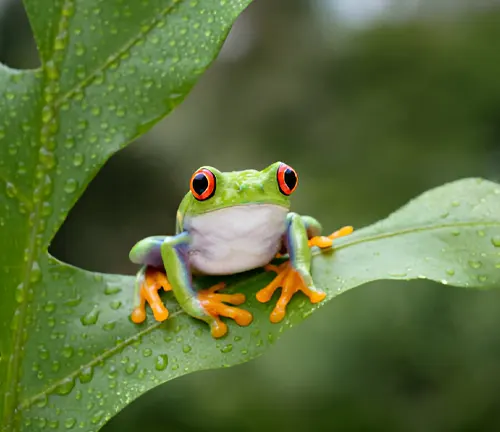
Human Activities Driving Deforestation
Agriculture
Agriculture is a significant driver of deforestation, with vast expanses of forests being cleared to accommodate agricultural expansion. This is especially true for cash crops like palm oil, soy, and cattle ranching, which are in high demand worldwide.
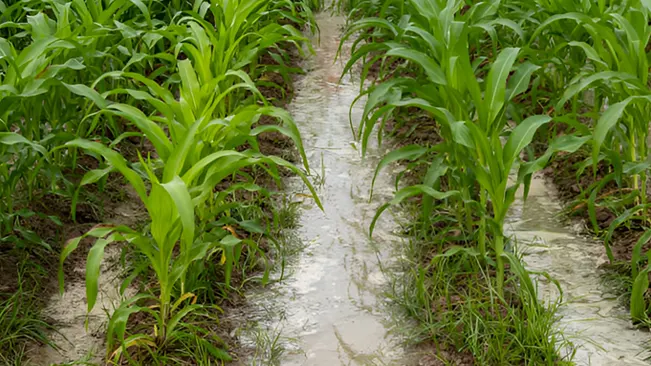
As the global population grows and consumer demand rises, farmers convert forests into agricultural land, leading to significant biodiversity loss and habitat destruction. This not only threatens the survival of many species but also disrupts local and global ecosystems. Additionally, the carbon stored in trees is released into the atmosphere, exacerbating climate change and affecting weather patterns worldwide.
Logging
Both legal and illegal, plays a significant role in global deforestation, driven by the high demand for timber used in furniture, paper, and construction. Legal logging operations, while regulated, still contribute to habitat fragmentation and loss.
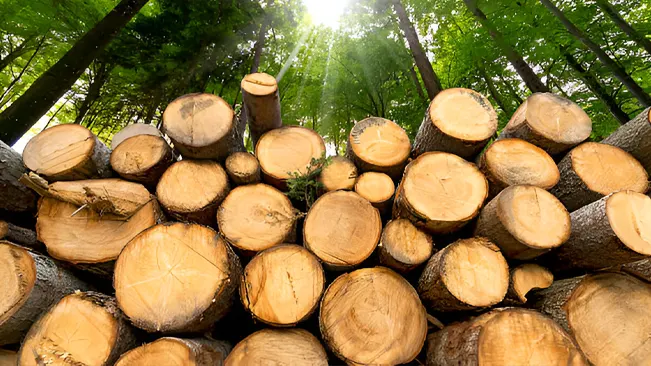
Illegal logging exacerbates this issue, often targeting protected areas and contributing to the destruction of critical habitats for endangered species. This unregulated activity not only threatens biodiversity but also undermines conservation efforts and contributes to economic losses. Furthermore, logging disrupts carbon storage and water cycles within forests, impacting climate stability and increasing the vulnerability of ecosystems to environmental changes.
Climate Change and Its Role
Feedback Loops
Deforestation contributes to climate change by releasing stored carbon dioxide when trees are burned or decomposed. This contributes to a feedback loop where increased temperatures and altered precipitation patterns further stress forests and biodiversity.
Deforestation’s Contribution
The destruction of forests contributes approximately 10% of global greenhouse gas emissions. This not only affects local climates but also has global implications for weather patterns, sea levels, and biodiversity.
Socio-Economic Impacts
Local Communities
Deforestation can have mixed effects on local communities. While it may provide short-term economic gains through logging and agriculture, it often leads to long-term ecological and economic instability. Indigenous communities, who rely on forests for their livelihoods, face displacement and loss of traditional knowledge.
Global Economy
Forests provide ecosystem services such as carbon sequestration, water purification, and biodiversity, which have significant economic value. The loss of these services can lead to increased costs for climate adaptation, health care, and disaster mitigation.
CITES
The Convention on International Trade in Endangered Species of Wild Fauna and Flora (CITES) aims to ensure that international trade does not threaten the survival of wild species. It provides a framework for regulating trade and protecting endangered species from overexploitation.
Community-Based Conservation
Indigenous Knowledge
Indigenous communities have a deep understanding of their local environments and can play a crucial role in conservation efforts. Their traditional knowledge and practices can be integrated into conservation strategies, enhancing effectiveness and sustainability.
Participatory Approaches
Engaging local communities in conservation initiatives fosters a sense of ownership and responsibility. Participatory approaches can lead to more successful outcomes by addressing local needs and building community support.
The Role of Education and Awareness
Environmental Education
Raising awareness about the importance of forests and biodiversity can drive behavioral change and support for conservation efforts. Education programs can empower individuals to make informed decisions and advocate for environmental protection.
Public Awareness Campaigns
Campaigns that highlight the value of biodiversity and the impacts of deforestation can mobilize public support for conservation initiatives. Media, social networks, and community events are powerful tools for spreading awareness and inspiring action.
Conclusion
Deforestation poses a severe threat to endangered species and their habitats, disrupting ecosystems and exacerbating the effects of climate change. Addressing this issue requires a collaborative effort from governments, organizations, and individuals to implement effective conservation strategies and promote sustainable land-use practices. By protecting our forests, we not only safeguard the habitats of countless species but also ensure the health and stability of our planet for future generations.
Frequently Asked Questions (FAQs)
- What is the primary cause of deforestation?
The primary causes of deforestation include agricultural expansion, logging, infrastructure development, and mining. Agricultural activities, especially for cash crops like palm oil and soy, are significant contributors as forests are cleared to make room for plantations and farmland. - How does deforestation directly impact endangered species?
Deforestation leads to habitat destruction, which is a direct threat to endangered species that rely on forests for shelter, food, and breeding grounds. The loss of habitat can push species toward extinction by reducing their population size and genetic diversity. - Why is biodiversity important in forest ecosystems?
Biodiversity is crucial for maintaining ecosystem resilience and stability. It ensures the presence of various species that fulfill different ecological roles, such as pollination, seed dispersal, and nutrient cycling, all of which contribute to the health of the ecosystem. - What are the main regions affected by deforestation?
The Amazon rainforest, Southeast Asia, and Central Africa are the main regions affected by deforestation. These areas are rich in biodiversity and home to numerous endangered species, making the impacts of deforestation particularly devastating. - How does illegal logging contribute to habitat loss?
Illegal logging contributes to habitat loss by encroaching on protected areas and exploiting forests unsustainably. It often targets high-value trees and disrupts forest ecosystems, leading to further habitat fragmentation and loss of biodiversity. - What role does climate change play in deforestation?
Climate change exacerbates deforestation by increasing the frequency of droughts, fires, and extreme weather events, which can damage forests. Conversely, deforestation contributes to climate change by releasing stored carbon dioxide, creating a feedback loop that further stresses ecosystems. - What are some conservation strategies to combat deforestation?
Conservation strategies include establishing protected areas, promoting sustainable forestry practices, restoring degraded landscapes, and engaging local communities in conservation efforts. International agreements like the Paris Agreement also encourage countries to reduce deforestation and invest in reforestation. - How does deforestation affect indigenous communities?
Deforestation can lead to the displacement of indigenous communities who rely on forests for their livelihoods and cultural practices. It can result in the loss of traditional knowledge, resources, and biodiversity essential to their way of life. - What technological innovations are used in forest conservation?
Technological innovations like satellite imagery, drones, and camera traps are used to monitor deforestation, track wildlife populations, and enforce conservation laws. These tools provide valuable data for planning and implementing conservation strategies. - What can individuals do to help reduce deforestation?
Individuals can reduce deforestation by supporting sustainable products, reducing paper and wood consumption, advocating for environmental policies, and raising awareness about the importance of forests and biodiversity. Personal choices and lifestyle changes can collectively make a significant impact.

Evan Bennett
Forestry AuthorEvan Bennett brings over a decade of expertise in forestry wildlife management to the forefront, specializing in habitat conservation, biodiversity, and human-wildlife interaction. Evan's work ensures harmonious coexistence between wildlife and human communities through effective and sustainable practices. Continuously engaging in research and workshops, Evan stays at the cutting edge of wildlife management advancements. As a trusted advisor and contributor to leading environmental journals, Evan is dedicated to preserving the natural world for future generations.

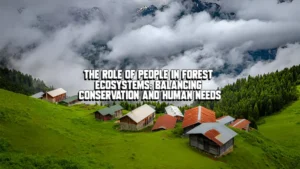

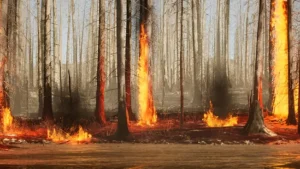


Leave your comment